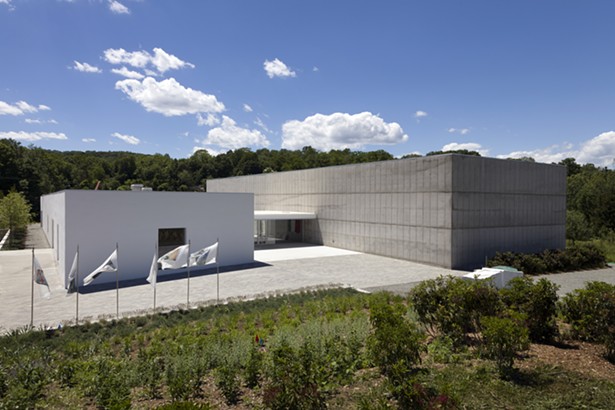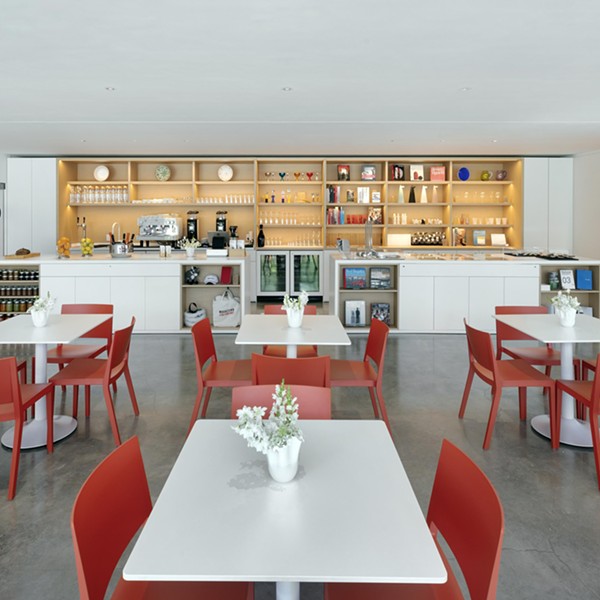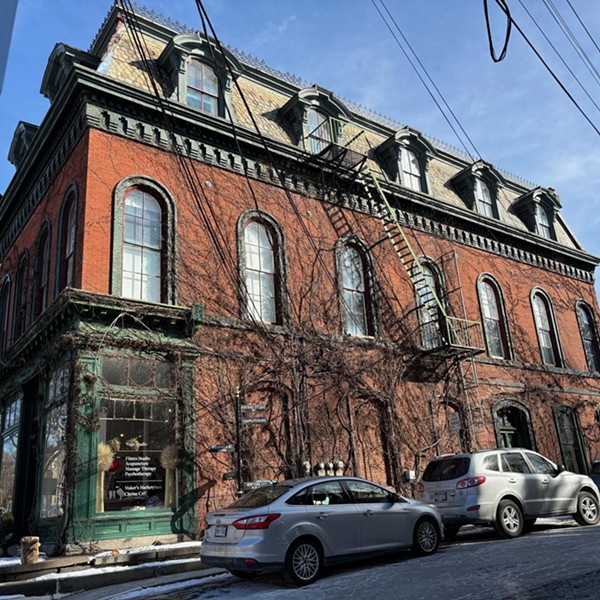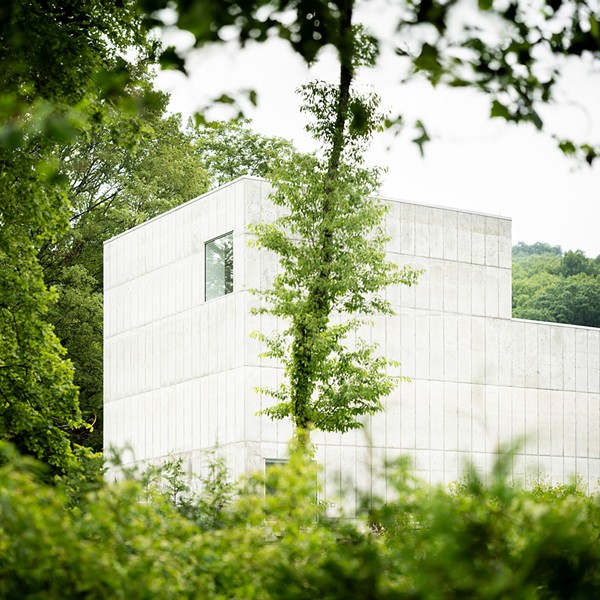"Italy is not only Botticelli, it's not only Baroque, it's not only Futurism—there's an entire part of our art history that's actually unknown," explains Vittorio Calabrese, director of Magazzino in Cold Spring, a new center of avant-garde Italian art. "Margherita Stein: Rebel with a Cause," Magazzino's first show, will open on June 28.
The exhibition honors Margherita Stein, founder of the Christian Stein Gallery, which began in 1966 at her apartment in Turin. Young artists would create site-specific pieces for her bathroom or kitchen. The Galleria Charles Stein still exists, now in Milan, though Stein died in 2003. During her career as a gallerist/collector, she supported artists connected to Spatialism, the Zero Group, and Arte Povera. After Alighiero Boetti's first show at her gallery, Stein bought up his entire exhibition. Though she operated a gallery in Manhattan from 1989 to 1992, Stein is virtually unknown in this country. "We feel the need for people to know more about her, as a role model," remarks Calabrese. "She was against speculation in the market. It was about the artists, first of all—and then the art."
Magazzino is not exactly a museum, or a gallery. The director calls it a "warehouse art space." ("Magazzino" means "warehouse" in Italian.) The building's story encapsulates much of the history of the Hudson Valley. It began as a farmer's storehouse, became a computer factory, and will soon be a nonmuseum. Spanish architect Miguel Quasimondo enlarged the existing space, transforming an L-shaped building into a rectangle, allowing for 18,000 square feet of exhibition space.
This post-industrial structure will house the Olnick Spanu Collection, one of the world's largest concentrations of postwar Italian art. The collection was assembled by Nancy Olnick and Giorgio Spanu, a couple who began acquiring Murano glass in the 1960s. Fabricated on the island of Murano in Venice since the 13th century, this colorful glassware has Greek and Islamic influences. A year in Rome brought Olnick and Spanu in contact with contemporary Italian art. Ninety percent of their collection has never been shown. The couple live in nearby Garrison.
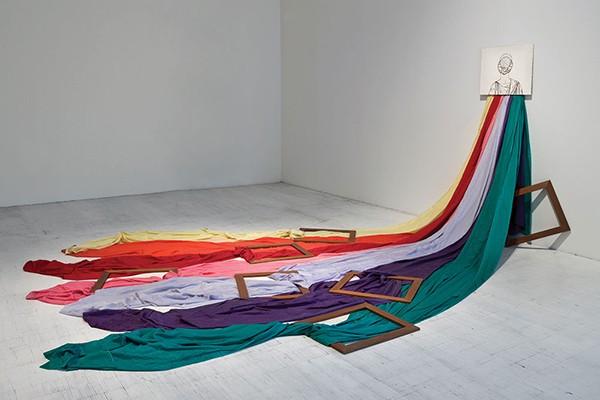
Arte Povera (literally "poverty-stricken art") emerged around the city of Turin in Italy's industrial north in 1967. Artists took advantage of steel, fabric, and other manufactured materials to make large, often minimalist installations. Turin is the Detroit of Italy: the center of Fiat, the nation's largest car manufacturer. Arte Povera had a political edge, connected to the revolutionary fervor sweeping Europe in 1968. Though the art movement ended around 1971, most of the artists involved continued their careers.
Jannis Kounellis' Untitled (1989) is a clever visual joke: a pair of platform shoes atop an unpainted wooden pedestal. Platform shoes, of course, need a platform. Alighiero Boetti's Lasciare il certo per l'incerto e viceversa (Leave certainty for uncertainty and vice versa) (1983) is a map of the world in tapestry form, in which each country's outline is filled with its national flag. Of course, some flags "read" better than others. The Russian flag is quite visible, while the Tanzanian flag is a dot. One forgets how large Greenland is—here proudly displaying the Danish white cross.
Amore e Psiche (Cupid and Psyche) (1981) by Giulio Paolini consists of seven lengths of fabric attached to a wall, with brown picture frames scattered amongst them. The vibrant colors and flowing shapes recall Botticelli—but with the Classical allusions stripped away (except for the title).
Magazzino doesn't confine itself to Italian art; it also encourages American artists with connections to Italy. For instance, they are sponsoring Melissa McGill, a Hudson Valley neo-conceptualist, at the current Venice Bienniale. McGill is the creator of Constellation, a sculpture on Bannerman Island in the Hudson which produces a mock "constellation" each night using 17 poles topped with bluish LED bulbs. (The installation runs until October.) To prepare for the Bienniale, McGill recorded ambient sounds at Venetian piazzas, then built music boxes to reproduce these recordings. Her piece, entitled The Campi-Venice Sculptural Sound Project, was installed in those same piazzas. As Venice becomes increasingly inundated with tourists, losing its local traditions, McGill's sound-boxes function as sonic ghosts.
Magazzino will also be an educational resource, with a library containing over 5,000 items. Magazzino is free of charge, open by appointment only.
Magazzino
2700 Route 9 Cold Spring, NY 10516
(845) 666-7202







